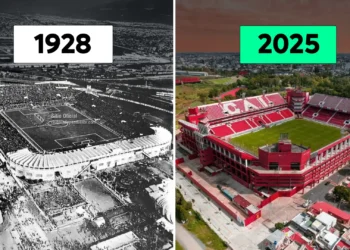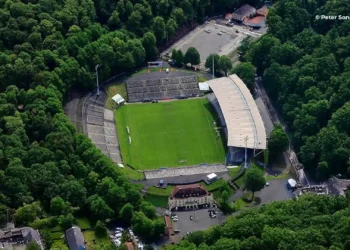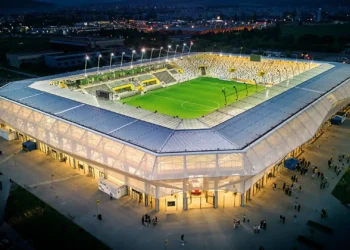Football has evolved into the world’s most popular sport — and stadiums have played a massive role in shaping that journey. Some grounds weren’t just places where history happened — they made history happen.
From revolutionary designs to unforgettable moments, these 10 stadiums have changed football forever.
1. Wembley Stadium (Old & New) – London, England
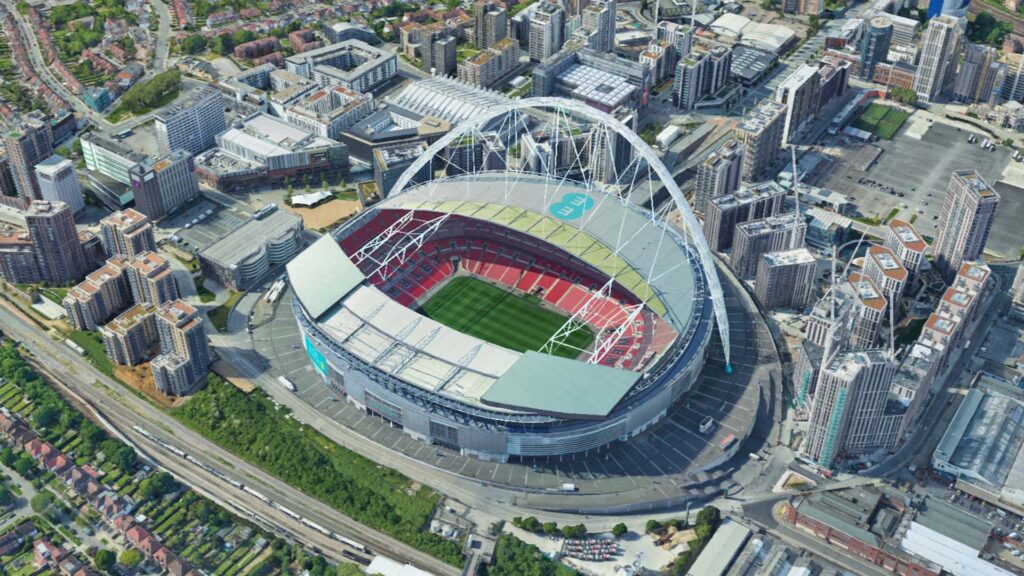
- 🏟️ Opened: 1923 (old), 2007 (new)
- 👑 Legacy: Birthplace of football’s biggest finals
The original Wembley was a global icon with its twin towers, while the new Wembley carries the torch with its stunning arch. Wembley gave the world the 1966 World Cup Final, countless FA Cup moments, and a standard for what a national stadium should look and feel like.
2. Estadio Azteca – Mexico City, Mexico
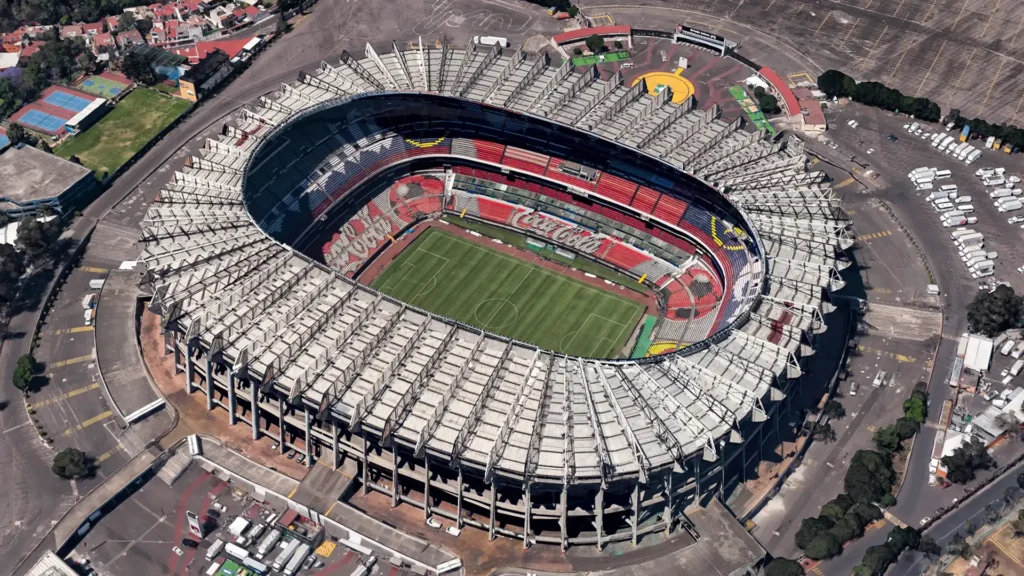
- 🏟️ Opened: 1966
- 🌍 Legacy: Hosted TWO World Cup finals
Azteca is pure football mythology. It’s where Pelé won his last World Cup (1970), and where Maradona delivered the “Hand of God” and the “Goal of the Century” (1986). No other stadium holds such legendary weight in World Cup history.
3. Camp Nou – Barcelona, Spain
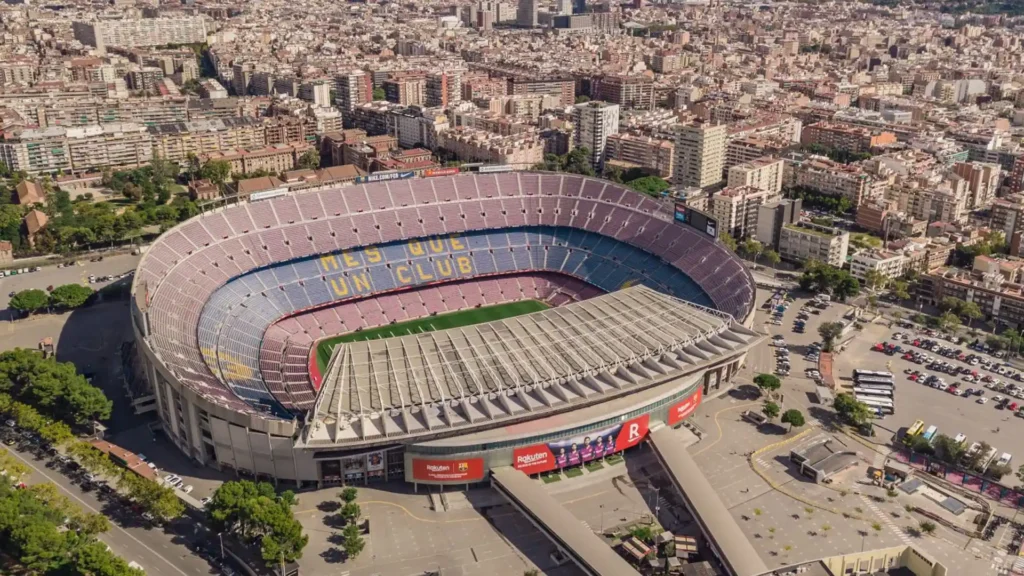
- 🏟️ Opened: 1957
- 🔥 Legacy: Became the cathedral of club football
The largest stadium in Europe and home of FC Barcelona, Camp Nou symbolized football as a cultural and political identity. It showed how a stadium can become a temple, not just for fans, but for an entire region.
4. San Siro – Milan, Italy
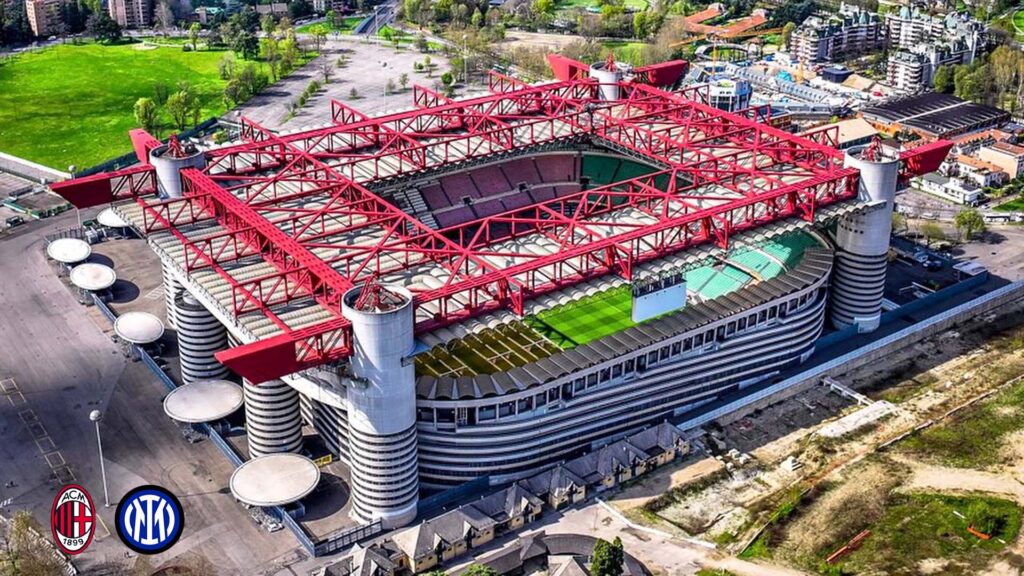
- 🏟️ Opened: 1926
- 🎭 Legacy: Theater of Italian football
With its brutalist towers and spiral ramps, San Siro became the most iconic stadium in Serie A. Hosting both AC Milan and Inter Milan, it embodied football rivalry and passion like no other venue in Italy.
5. Maracanã – Rio de Janeiro, Brazil
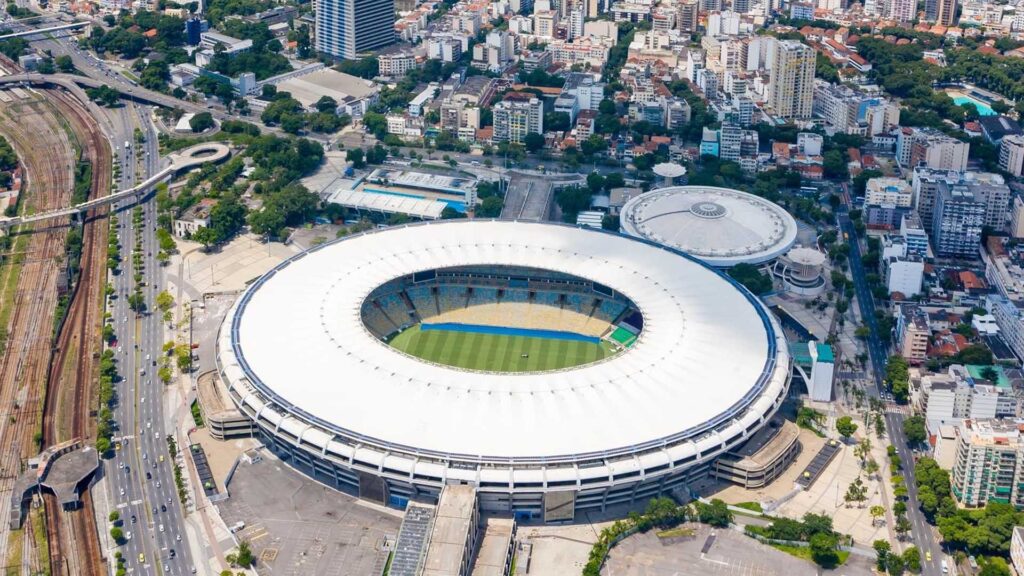
- 🏟️ Opened: 1950
- 🕊️ Legacy: Symbol of triumph and heartbreak
Built for the 1950 World Cup, where Brazil suffered a shocking loss to Uruguay, Maracanã represents both national pride and pain. Yet it remains sacred ground for Brazilian football — a place of dreams, goals, and redemption.
6. Allianz Arena – Munich, Germany
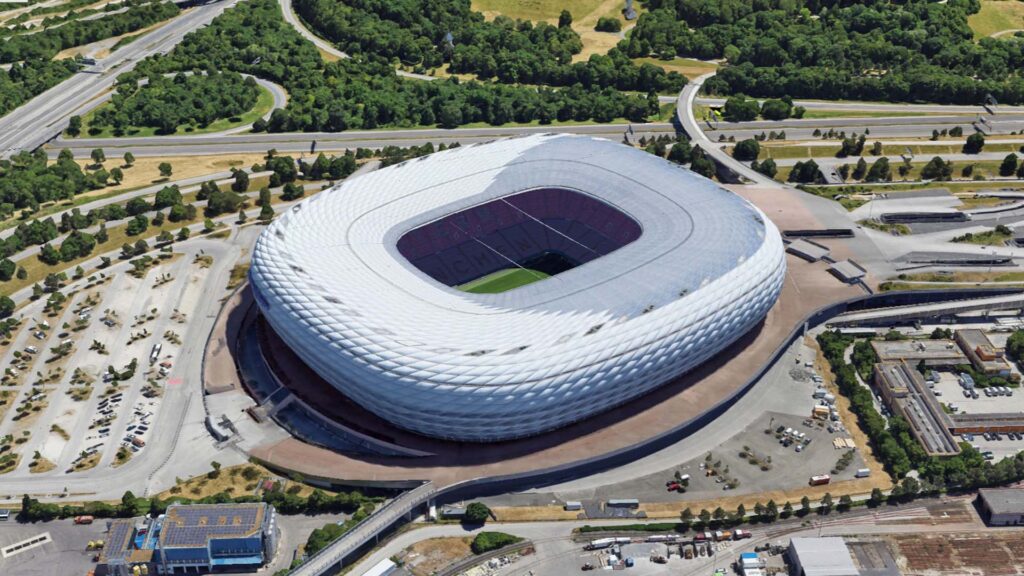
- 🏟️ Opened: 2005
- 🌈 Legacy: A new era of stadium architecture
Its glowing exterior and color-shifting facade changed how stadiums interact with the environment and fans. The Allianz Arena proved that a stadium can be art, not just concrete and steel.
7. Old Trafford – Manchester, England
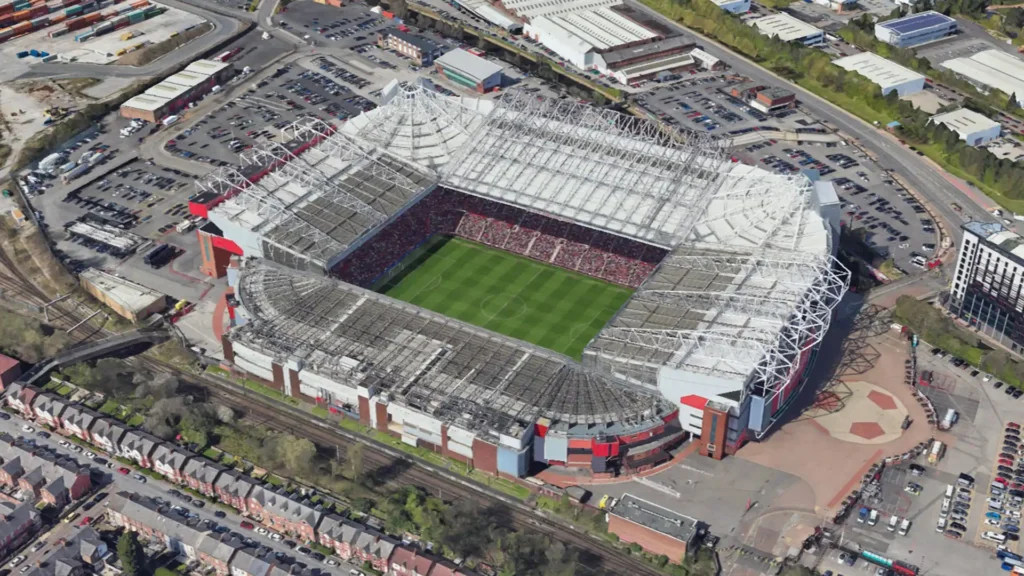
- 🏟️ Opened: 1910
- 🏰 Legacy: The “Theatre of Dreams”
Home to Manchester United, Old Trafford brought global visibility to club football. It showed how a stadium could become a brand, a global landmark, and a destination for millions of fans.
8. Stade de France – Paris, France
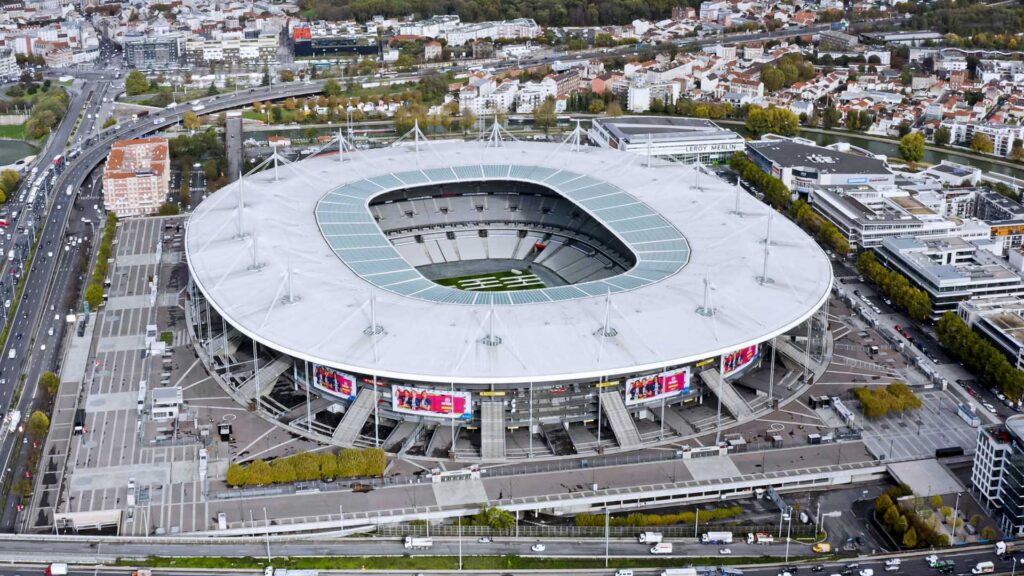
- 🏟️ Opened: 1998
- 🏆 Legacy: A World Cup legacy done right
Built for France ’98, this stadium raised the bar for multi-use venues. It proved a national stadium could be built from scratch and immediately become iconic — hosting football, rugby, concerts, and more.
9. Signal Iduna Park (Westfalenstadion) – Dortmund, Germany

- 🏟️ Opened: 1974
- 🟡 Legacy: The power of fan atmosphere
With its famous Yellow Wall, Dortmund’s home showed the world how supporters make stadiums legendary. It’s not the biggest or the most modern, but it taught us that passion can shake concrete.
10. Tottenham Hotspur Stadium – London, England
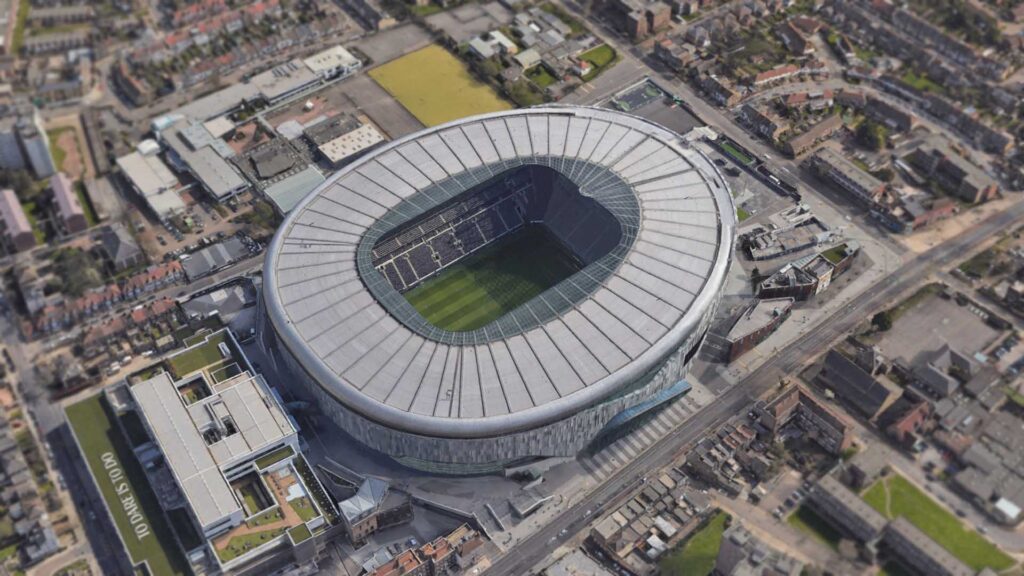
- 🏟️ Opened: 2019
- ⚙️ Legacy: The future of smart stadiums
A benchmark in modern stadium design, with retractable pitches, digital infrastructure, and multifunctionality (NFL + football), this is what the next generation of stadiums looks like. A game-changer in every sense.



